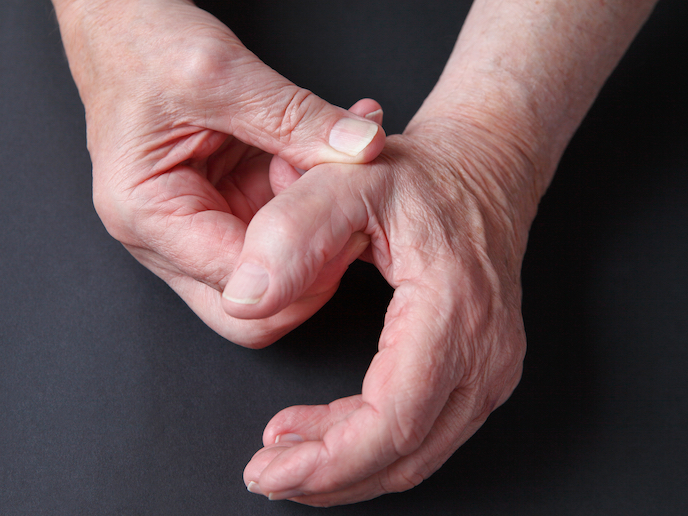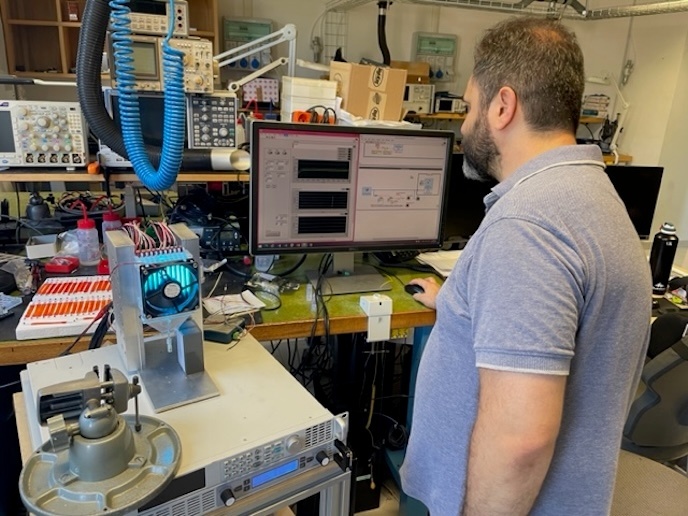Thumb prosthetic implant aims to bring relief to patients with crippling arthritis
You may not realise how useful thumbs are until you cannot use them. Our thumbs allow us great dexterity, helping with tasks ranging from holding objects, turning door keys, putting on clothes – and yes, using smartphones. The thumb base joint(opens in new window) is remarkably complex, and fairly susceptible to wear and tear. As humans age, many are affected by arthritis in the thumbs, which can cause debilitating problems and severe pain. Thumb base arthritis is a progressive, disabling condition when cartilage wears away from the ends of the bones that form the joint at the base of the thumb, affecting millions of people over the age of 65. The most common form of treatment currently is surgery, with around 200 000 such operations carried out each year in the EU and United States. Clinical outcomes are mixed, however, and doctors often wait for patients’ pain to become so bad that any outcome will be seen as a positive development. “The most common surgical treatment is the removal of a bone of the joint, and while this does improve pain, it is associated with a long recovery time and a permanent loss of a lot of hand function,” explains Brendan Boland, CEO of Loci Orthopaedics(opens in new window) in Ireland. An EU-funded project, InDx(opens in new window), has designed a solution fit for the 21st century: the world’s first implant designed to mimic the biomechanics of the thumb base joint. “Over the course of the project, the team completed all the preclinical testing required for American and EU regulatory clearance, and the first clinical trial was initiated,” says Boland.
Mimicking thumb mobility
The InDx team worked with three of the world’s leading hand surgeons, along with leading researchers in the field of thumb and hand biomechanics to create the thumb implant. The joint at the base of the thumb rotates on two axes, providing flexibility and enabling the thumb to move in multiple directions. The new implant is the first-ever implant to achieve this important function, restoring the native motions of the original thumb following implantation. The unique design of the implant is patented in the EU, United States and several other countries around the world, and is produced in Ireland. The fabrication of the implant is in line with standard fabrication processes, making commercial production scalable when the product comes to market.
Ongoing clinical trials and a route to market
The first clinical trial for the implant was started in Belgium in 2021. Following regulatory clearance, Loci Orthopaedics plans to launch full commercialisation in the EU and United States, with EU commercialisation estimated to start in 2024. “Unlike other implants such as hip and knee joint replacements, there are no internationally recognised standards for the preclinical testing of thumb joint implants,” Boland notes. “Therefore, we worked with the consortium partners, biomechanics experts, clinical thought leaders and the U.S. Food and Drug Administration(opens in new window) to perform preclinical testing sufficient to demonstrate the safety of the implant,” he adds. As in many industries, the COVID-19 pandemic affected operations. Funding provided by the EU was essential in keeping the project moving, explains Boland. “Without the grant, the company would have had major issues in maintaining continuity of funding and technical support,” he says.







